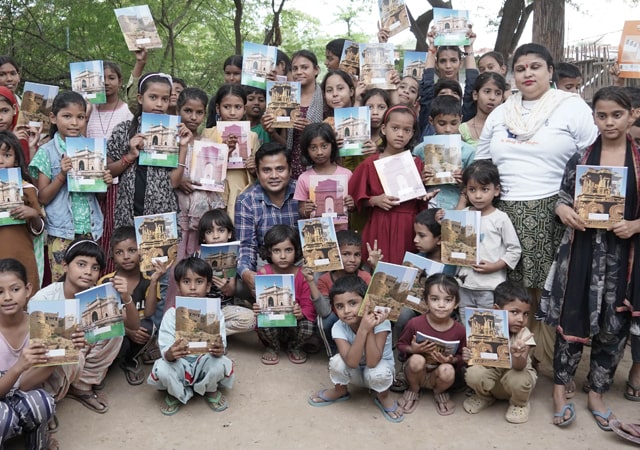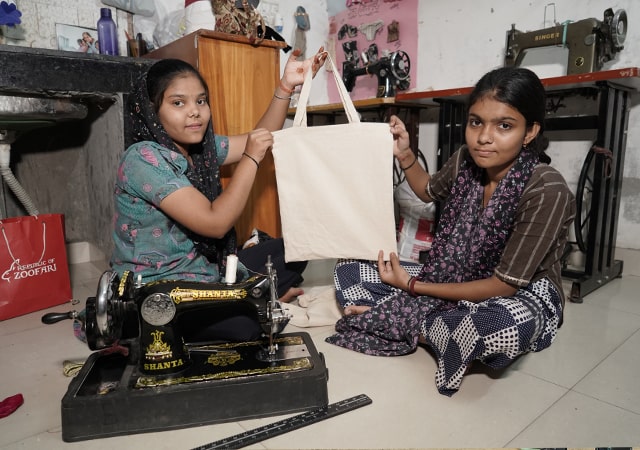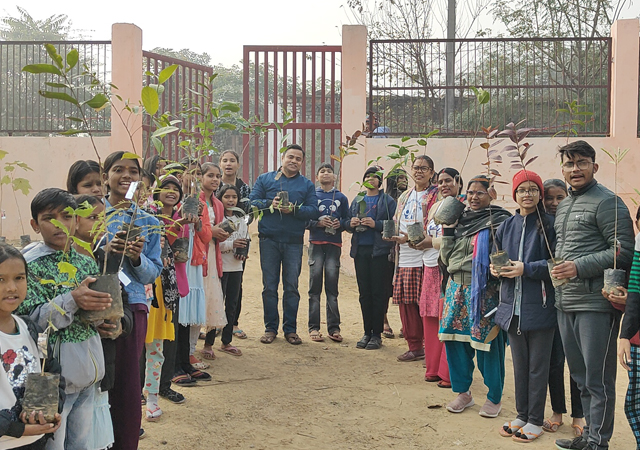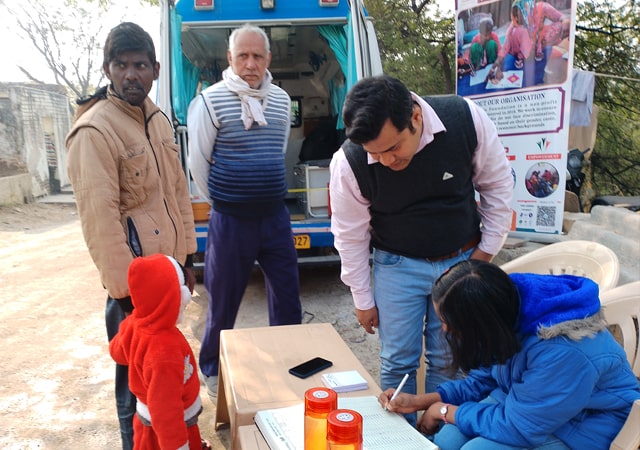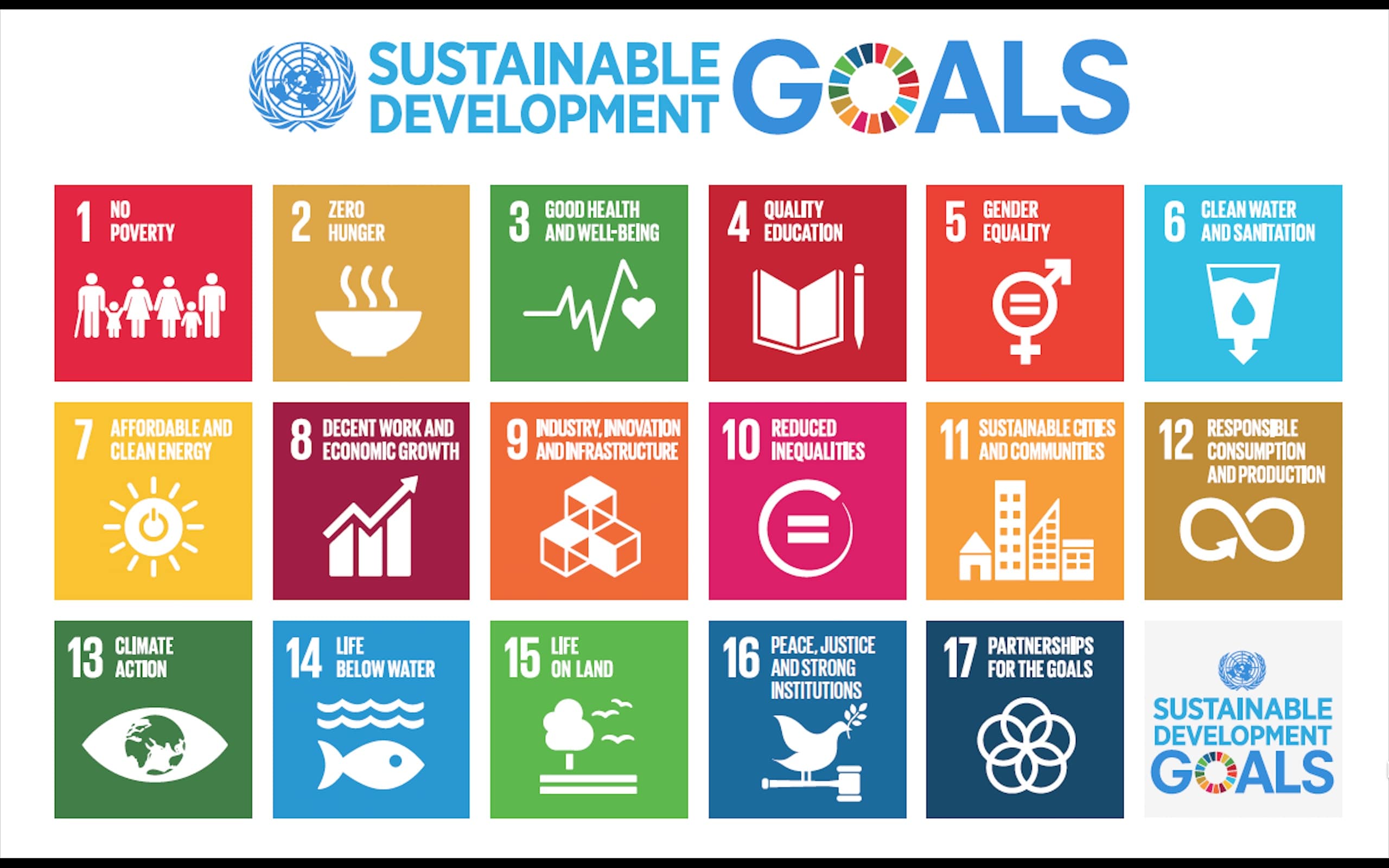Flow of Engagement?
Cause: Companies can play The need assessment shows that several communities lack access to quality education, healthcare, and life opportunities.
Engagement: Employees will CSR companies provide financial support for specific projects on education, health, skill development, Environment, Hunger, Nutrition and track the impact. Duration: 1 to 5 years
What Will They Do? :Participate in Fund community development projects focused on education, health, and skills training. Continuous engagement with the organization and community to bring greater impact.
Community Benefit:Participate in Sustainable programs that empower individuals and uplift entire communities over a period of strategically designed intervention period.
Corporate Benefit :Participate in CSR companies will achieve their social responsibility (CSR) goals through meaningful, measurable change. Tax exemption, Certificate, Awards, Visibility, Branding.

